When Magic Kingdom opened in 1971, the race to visit the Vacation Kingdom of the World was on. Guided by Walt Disney’s vision, designers had stocked Magic Kingdom with supersized, master-planned versions of the best rides and attractions in Disneyland’s lineup… except one. When Walt Disney World opened its gates, visitors were shocked to find Disneyland’s most revered ride – Pirates of the Caribbean – nowhere to be found. Worse yet, Disney had no plans to bring this beloved E-Ticket to Florida.
That’s because, in its place, they planned something even more epic… An entirely original, musical, animatronic-packed adventure through the Old West. Thanks to the Western River Expedition, Magic Kingdom is as renowned today for the rides that weren’t built as the ones that were. It’s perhaps the most enigmatic, epic lost project ever to hit Imagineering’s recycling bin.
Today, we induct Western River Expedition – another would-be wonder – into our growing Possibilityland collection. We’ll step through the storied history of Marc Davis’ lost classic, take a virtual ride through it as we sort fiction from fact, and see where fragments of its DNA have been scattered across Disney Parks.
And before we head off, remember that you can unlock rare concept art and audio streams in this story, access over 100 Extra Features, and recieve an annual Membership card and postcard art set in the mail by supporting this clickbait-free, in-depth, ad-free theme park storytelling site for as little as $2 / month! Become a Park Lore Member to join the story! Until then, let’s start at the beginning…
Westward ho!
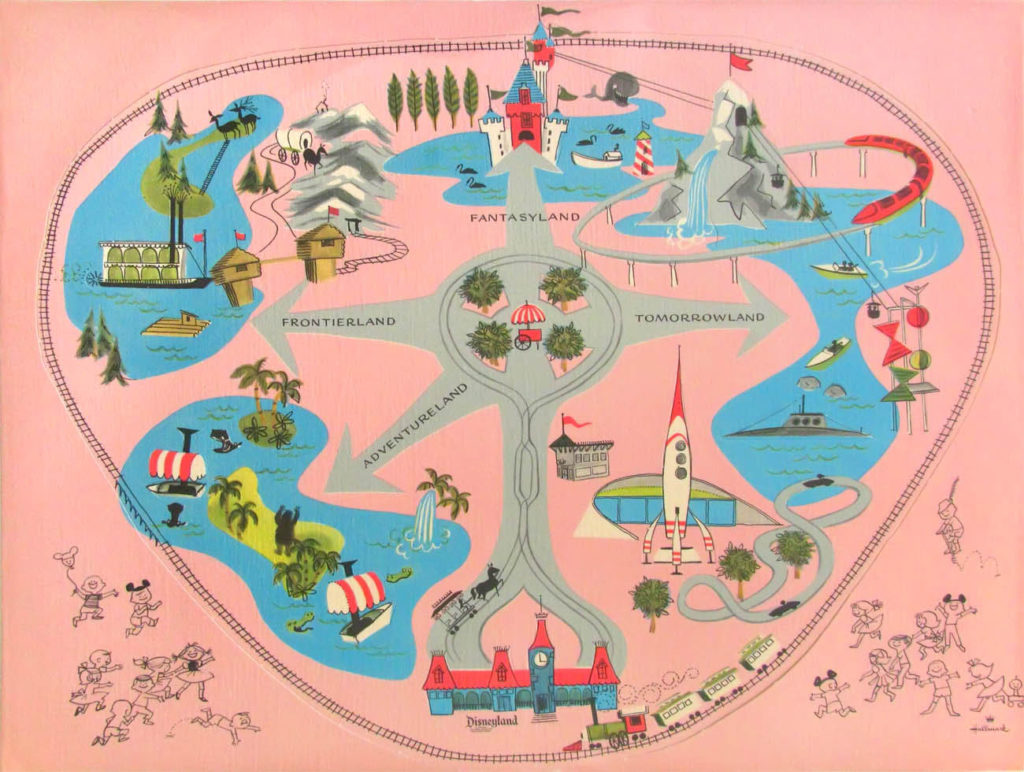
Though today Disneyland is regarded by many as a shaper of industry, design, and pop culture, what can sometimes be forgotten is that Walt’s original park was shaped by the world it was born into.
Main Street was a nostalgic reminder of the time and place grandma and grandpa had inhabited; Adventureland reflected mid-century America’s fascination with the increasingly-revealed wildlife and wonders of Africa and South America; Tomorrowland was a reflection of the Space Age wonder and optimism that permeated the country; Fantasyland a reflection of the fanciful revival of fairy tales Walt’s own films had inspired.
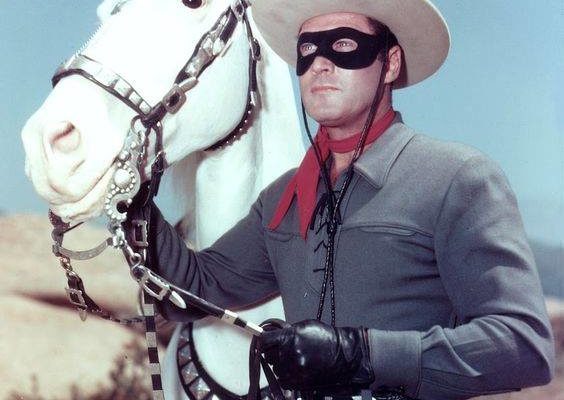
But in the 1950s, there was a genre that reigned over all the rest: Westerns.
In the mid-century United States, American fascination with the Old West was at its peak. Davy Crockett and John Wayne’s The Gunfighter ruled the silver screen; kids spent their summer days outdoors playing ‘Cowboys & Indians’ and families gathered around the television for The Lone Ranger in the evening. Westerns were on the rise, and stories of the wild frontier and the westward expansion of brave, rugged, enterprising Americans were all the rage.
Given Walt’s reverence to the American story and the pop prominence of the Old West, there was no question that the Western genre deserved its own land at Disneyland, revered, immortalized, and elevated to the same level as “fantasy” or “adventure” or “tomorrow.”
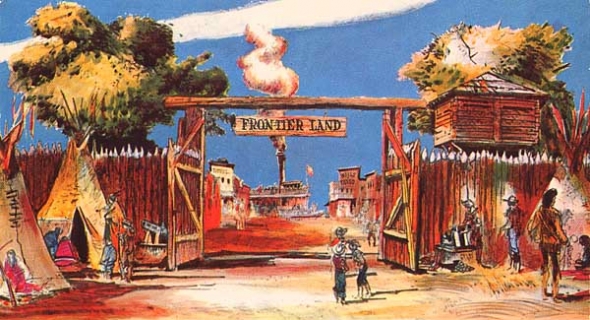
Frontierland was born. Representing the idling speed of America’s revered westward expansion in the mid-1800s, it was a land of “Indian War Canoes,” clapboard saloons, wooden fences, shooting galleries, dusty roads with fresh stagecoach tracks, and even an Indian Village of friendly natives.
Frontierland let guests live out their dreams of seeing how the West was won; stepping into the stories that meant so much to pop culture during the time.

When Disneyland opened, the village of Frontierland was merely man’s last outpost before the expansive Living Desert that filled land east of the Rivers of America Criss-crossed by guests on the backs of real pack mules, packed into stagecoaches, or in covered Conestoga wagons, the Living Desert was an icon of early Disneyland.
Desert with character
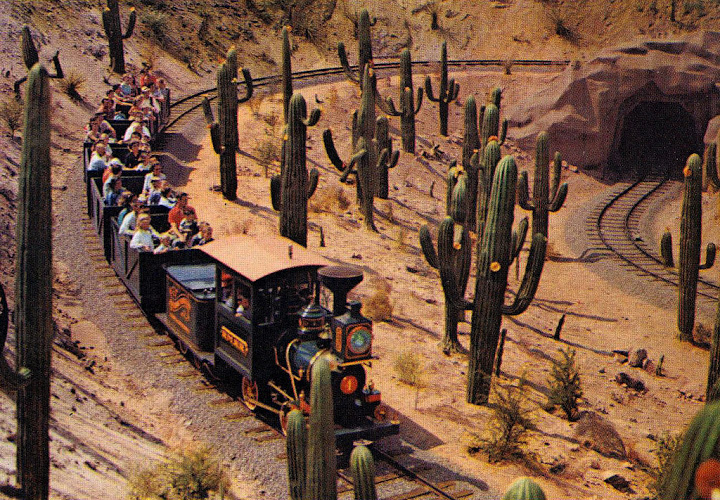
In 1956 – a year after opening – the Rainbow Caverns Mine Train joined the lineup of the Living Desert. On board, guests would ride through scenes of anthropormophic cacti, past balancing rocks, alongside “wildlife” brought to life through simple, repetitive, electro-mechanical figures (like the Jungle Cruise), and into the day-glo interior of the blacklight Rainbow Caverns of tiered and dancing fountains. But it had a problem.
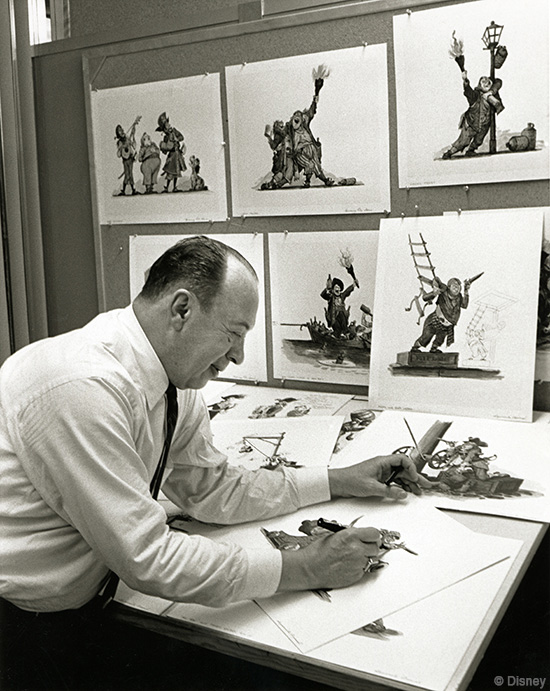
Walt had been inspired shortly after the park opened with the notion of “plussing” existing rides to make them richer and grander so that even returning guests would be eager to ride. It’s for that reason that Walt recruited one of his “Nine Old Men” (the original animators at the studio) to come to Disneyland and take a “good, hard, critical look” at some of the park’s attractions.
Marc Davis was a character animator (responsible for the designs of Mr. Toad, Cruella de Ville, Tinker Bell, Maleficent, Alice, Snow White, Bambi, Cinderella, and even Br’er Rabbit) whose eye Walt trusted second only to his own. Walt said of Davis, “Marc can do story, he can do character, he can animate, he can design shows for me. All I have to do is tell him what I want and it’s there! He’s my Renaissance man.”
Marc rode the attractions at Disneyland, taking notes and doodling ideas as he went. He honed in on the Rainbow Caverns Mine Train. “There was an awful lot of things wrong,” Marc reported later. “They had no gags in it; no story at all… One kit fox’s head is going up and down, then about a hundred feet away another kit fox’s head is going left to right, so I took the two, put them nose to nose, so one is going up and down, the other moves side to side, so immediately you have humor!”
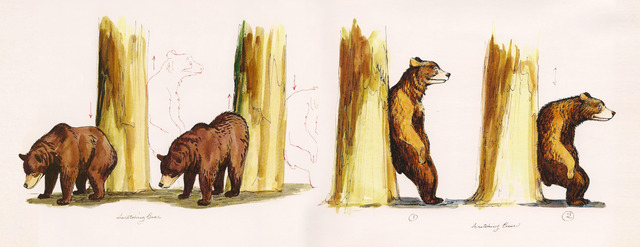
Though he continued to work for the studio, Marc became Walt’s go-to designer for reimagining, re-staging, and injecting character into Disneyland’s classics. It would be Marc’s unique “Renaissance man” ability to design memorably stylized characters and humorously-staged set-ups that would see Disneyland’s Jungle Cruise add the “trapped safari,” the temple of Ganesha, and the legendary “elephant bathing pool” in 1962.
But his first major project would be 1960’s Lost Legend: Mine Train Through Nature’s Wonderland.
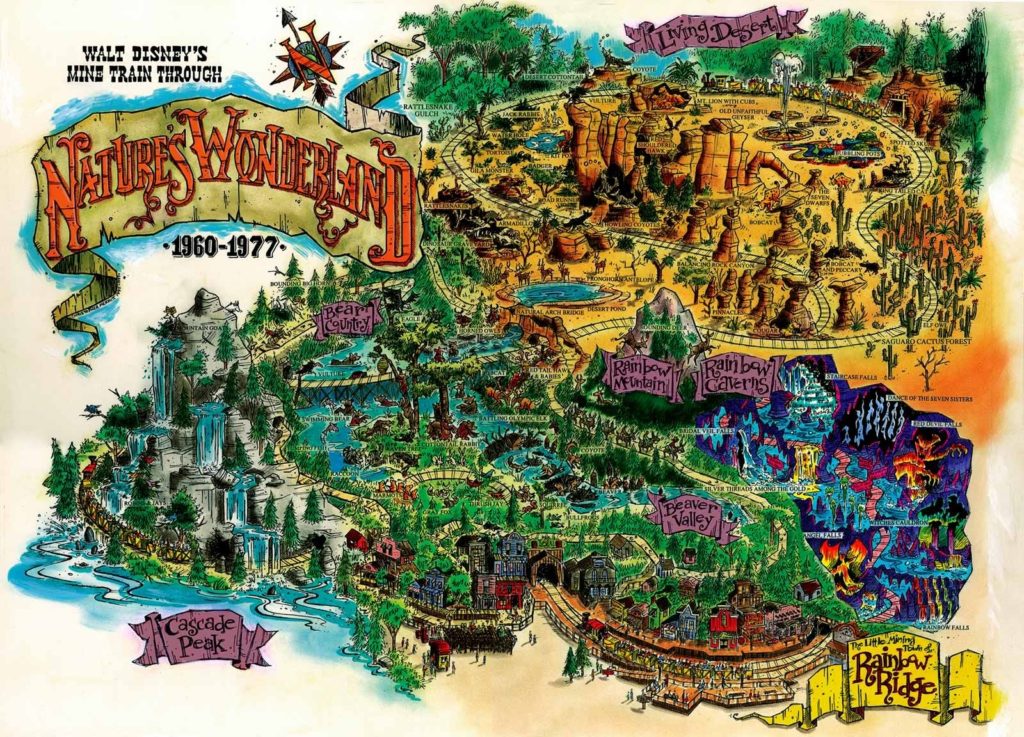
Literally the Old West Frontierland equivalent to Adventureland’s Jungle Cruise (and indeed, both carry iconic scenes designed by Disney Animator-turned-Imagineering Legend Marc Davis), the Mine Train Through Nature’s Wonderland was, by all accounts, an E-Ticket that today would be as revered as any other; a phenomenal journey into America’s own wilderness.
Incorporating but wildly expanding on the Living Desert and its Rainbow Caverns, the new Nature’s Wonderland continued that spirit of Westward expansion that Walt so loved. And undoubtedly, it inspired his next would-be project…
Riverfront Square
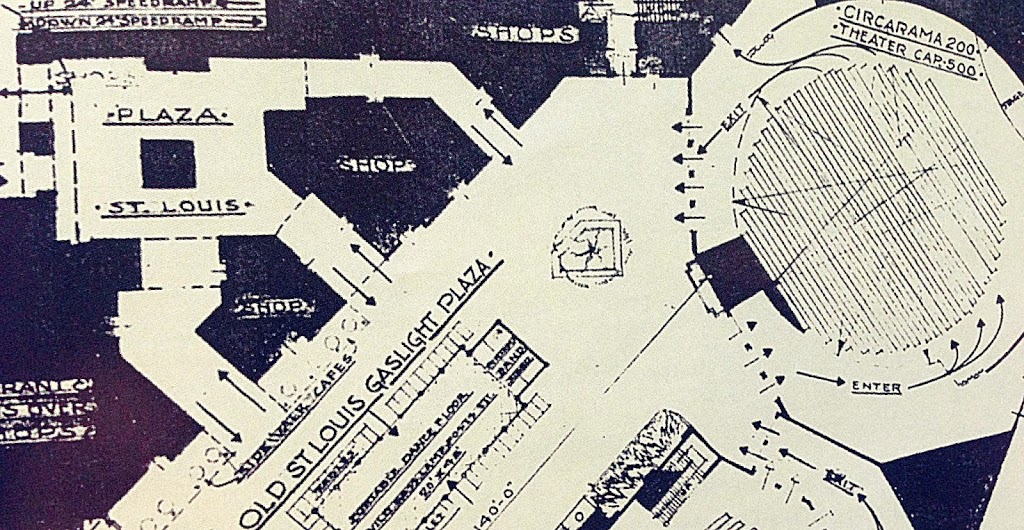
In the early 1960s, Walt’s next goal came into view; he was again dreaming of something new. Walt Disney’s Riverfront Square would’ve been the world’s first indoor theme park. Set beautifully against the Mississippi River in St. Louis, this charming, historic theme park would’ve celebrated American culture, ingenuity, and expansion.
And once again, Marc Davis was called over from the studio to work his magic, envisioning what attractions this Riverfront Square might hold…
With Marc on board, the team at WED Enterprises conceived of the Lewis & Clark River Expedition, tracing the unforgettable journey of America’s early explorers as they sought westward passage to the Pacific. At Walt’s request, Marc spent time in 1963 developing draft artwork for such a ride, including guests drifting past moose grazing along the river, black bears hunting for leaping fish, and menacing Indian villages.
Ultimately, Walt chose not to move forward with Riverfront Square (perhaps because of an insult from beer magnate August Busch Jr. of Anheuser-Busch… a story for another time). Even if Davis was devastated that his Lewis & Clark River Expedition was shelved, he didn’t run out of things to do…
1960s
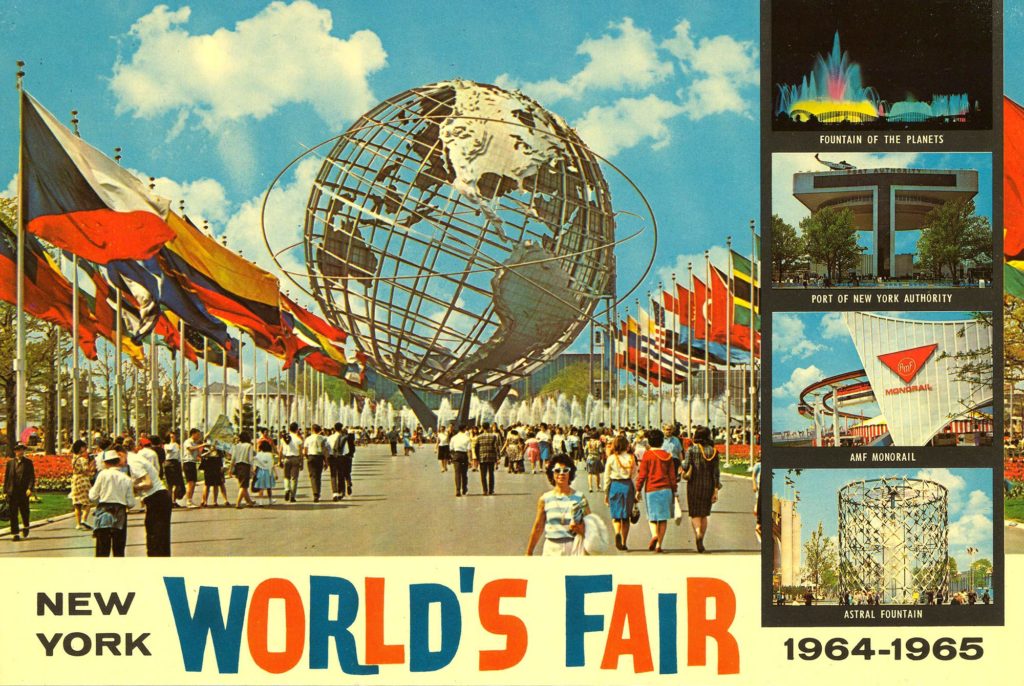
The 1960s were a time of tremendous innovation and forward momentum at WED Enterprises (the original name of Imagineering). After the decade’s big kick off with the Mine Train Through Nature’s Wonderland, work only continued to mount. For one thing, Walt and company were called eastward to the 1964 – 65 World’s Fair in New York. Yes, that most essential international expo that’s cited again and again in the history of Disney Parks favorites is back again.
Because not only did the fair see the original prototypes of the Carousel of Progress, Great Moments with Mr. Lincoln, and a venerated Lost Legend: The Peoplemover; it also debuted one of the most important rides in Disney history: “it’s a small world.”
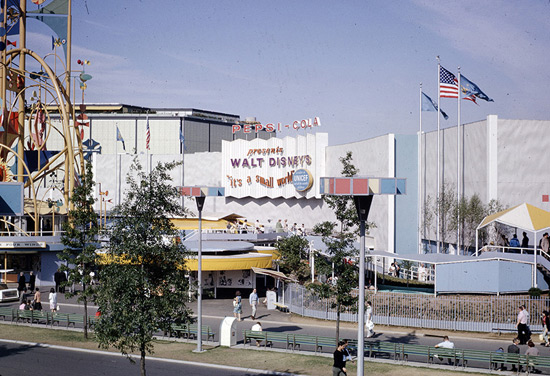
And while the charming international cruise may be known for its song today, in 1964 its innovation was much more foundational: its ride system. The fast-loading, high-capacity, quiet ride system served as a groundbreaking new way to move a lot of people through a ride with ease.
At the close of the Fair, “it’s a small world,” Carousel of Progress, and Mr. Lincoln were all shipped to Disneyland and installed, and Walt and his team turned their attention to their next project: an expansion to Frontierland. This “New Orleans Square” would be anchored by a wax museum of pirate vignettes… the only problem was that Imagineers couldn’t figure out how to move a lot of people through the wax museum with ease. … A-ha!
That’s how our trip to Disney World’s most momentous never-built ride almost came to be… Read on…



